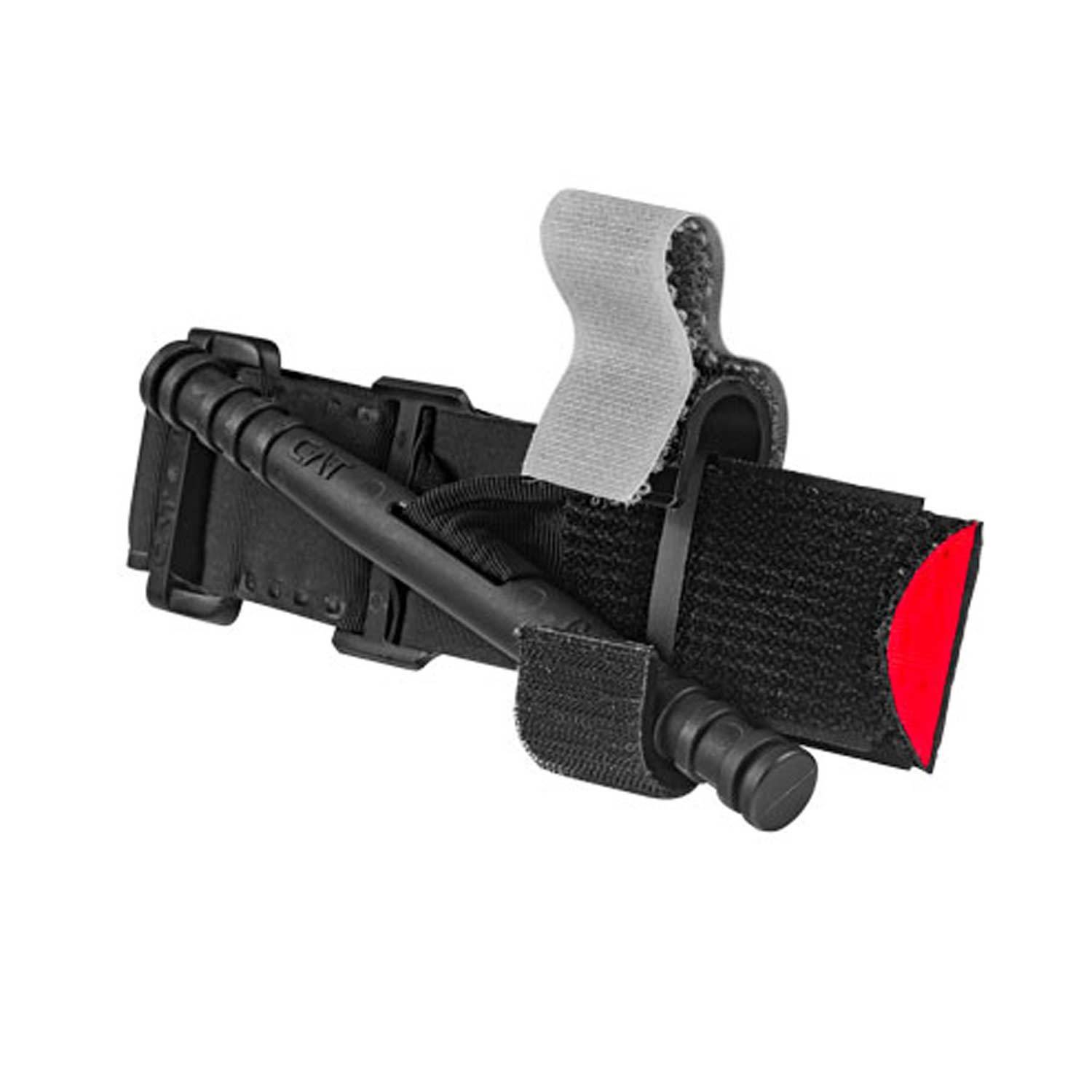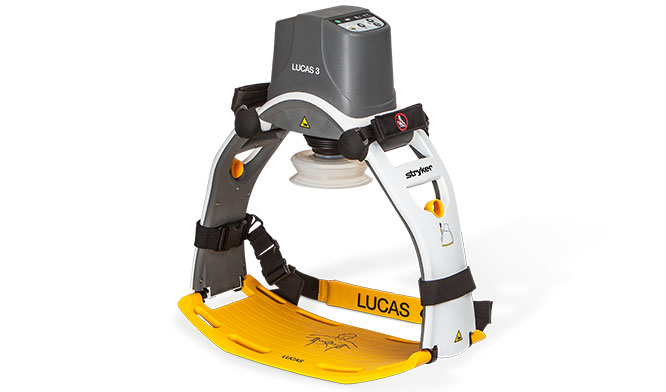Lifetime EMS here, can't dispute anything that's been said here from a medical standpoint. At the end of the day, to me anyway, taking an AED isn't a bad idea, but the chances of needing one, or that using one given protracted evacuation times, is minimal. If you really wanted to carry something that has a likelihood of being helpful, carry a Lucas AutoPulse.
Deliver high-performance, continuous chest compressions.

www.lucas-cpr.com
They ain't cheap, but they are effective, and with 2 batteries they can run almost 2.5 hours. I've used one a couple times, and while I hope never to have one sitting on me, they do work, and work well. Reports of a powerline worker in MI being on one for 2.5 hours and living support my case.
While you're at it, you might bring along a transport ventilator and a selection of ET tubes or King Airways, a Lifepack 15 patient monitor, normal saline, drip set, selection of angiocath's, Epi, Morphine, versed, clot busters...
This above was mostly tongue in cheek, I guess my point would be, that you really don't need to lug an expensive delicate piece of equipment that may or may not help in a backcountry situation, when in many instances, simple CPR (that everyone here SHOULD know) is relatively foolproof, needs nothing other than your hands and your weight, and has a decent chance of helping the patient having a cardiac incident, until they can be moved to the next level of care.
If there isn't a rapid way to move that patient to the next higher level of care, then all bets are off. Even in Grand Canyon, where they do run a chopper for evac, the chopper has to have the right conditions to fly,and a place to land..
Ya do what you can, with the materials you have available, to render the best patient care you can. Sometimes the patient dies. We all are going to suffer that, but you can have a little consolation that at least you gave it your best. Despite that, some patients die anyway.
At least they will have passed, doing something they love, which would be my wish for when the time comes..
All that being said, my lifetime EMS has most always involved a fully stocked ambulance, and a package and transport mentality.








